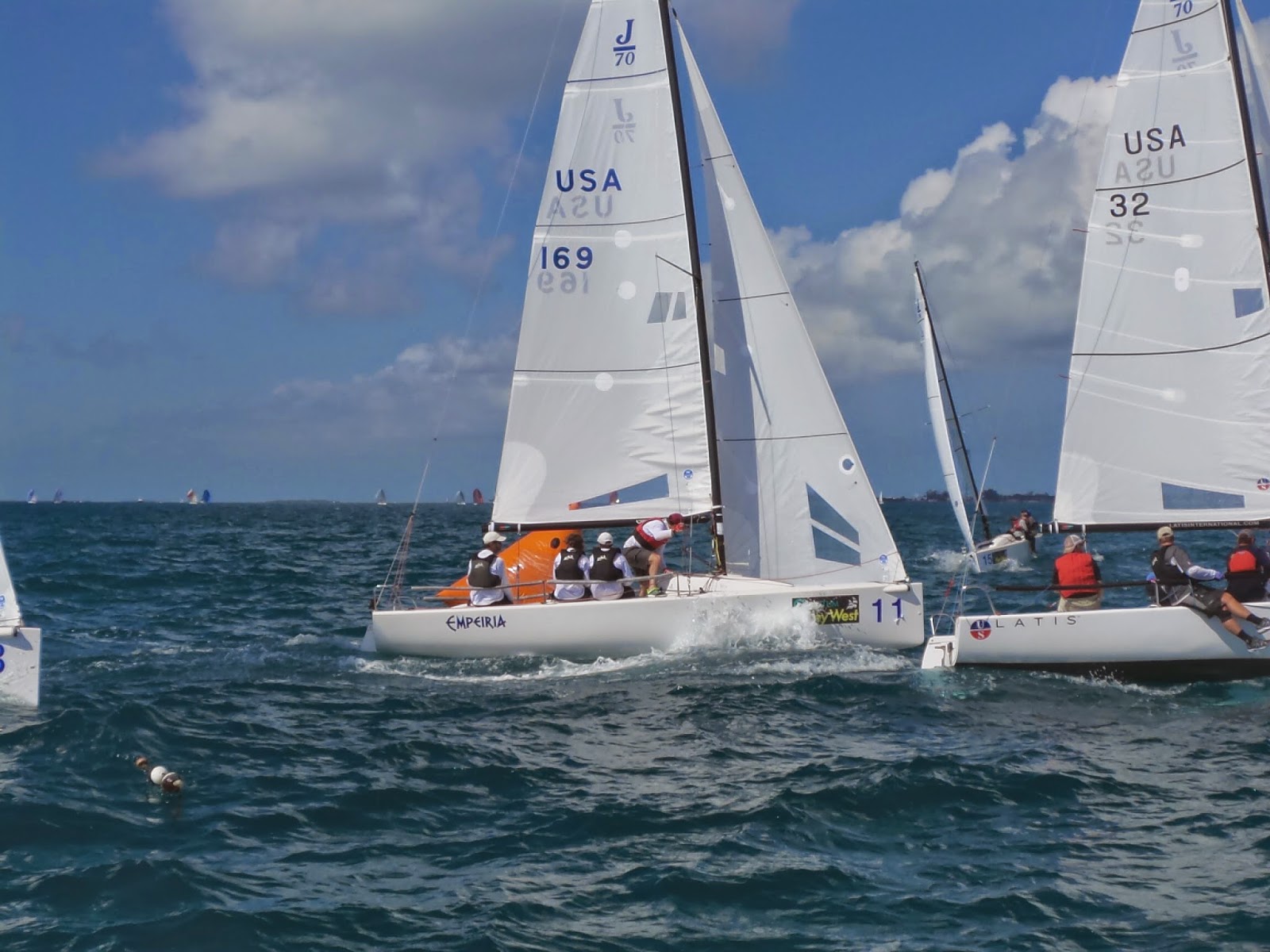It breaks down like this -
In the J70 class
Illinois - 5 boats
Heart breaker (charter).....................12th
Emperia ...........................................16th
Eagle's Wings...................................22nd
Taipan 490
Nitemare...........................................29th
Michigan - 4 boats
B Squared (kind of).........................13th
SORRY NO PIC - THAT'S BAD PHOTO JOURNALISM
Shriner Sailing.................................24th
Aisle Salmon....(look closely)..................................41st
Zuni Bear.........................................49th
Montana 1 boat
Cloud Sourced.................................50th (it's in the background)
Ohio 3 boats
Hooligan...........................................9th
Magic Bus........................................46th
Wisconsin 1 boat
Hull #378........................................42nd
Melges 24
Tramp.............................................6th
ZigZag...........................................7th
the 300..........................................8th
Melges 32
Delta............................................3rd
J111
Spaceman Spiff................................2nd
Utah..................................................3rd
PHRF 2
the Assylum.....................................2ndIRC 1
J-88
Saralysia..............................................5thGrateful Red
OK, that is all folks. I hope this reaches its intended target - the sailors of the midwest. It was a treat to be in Key west under sunny skies in 80 degree temps. Key West was great, but in my opinion the best racing in the world is in the great lakes. It is my intention to make Lake Michigan into the best venue for racing in the world. It is an awesome body of water that is totally under-utilized as a destination for sailors!! See you on the race course.



















































